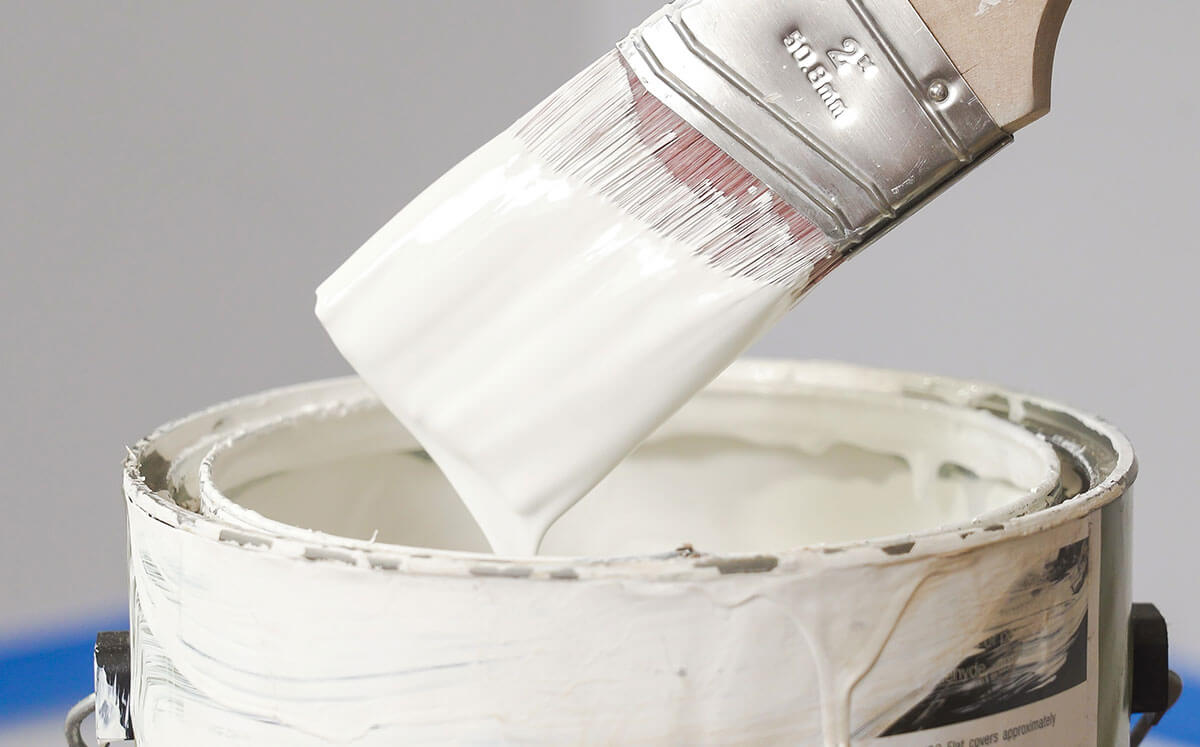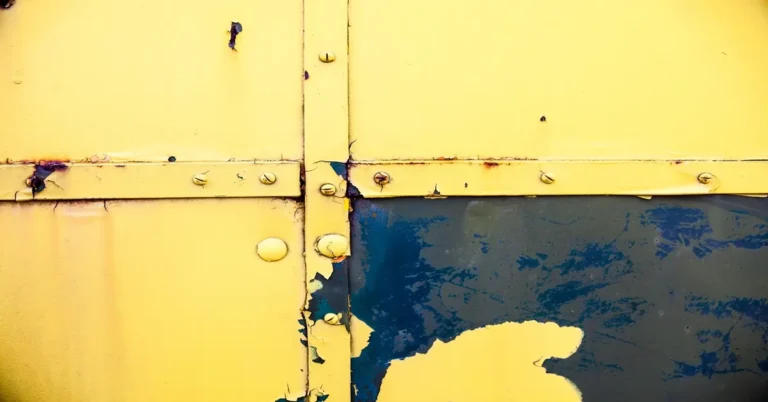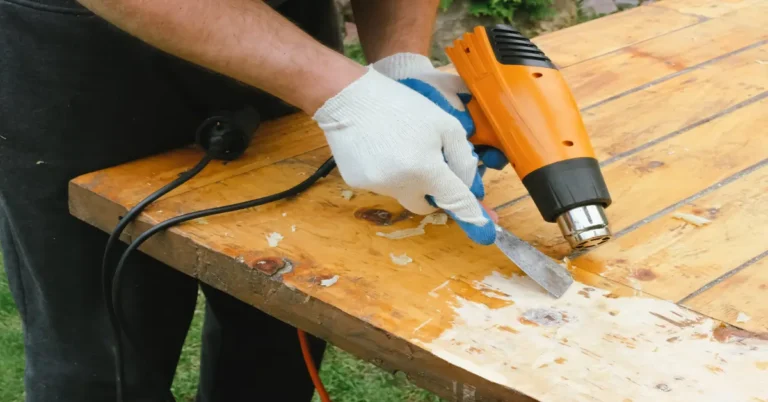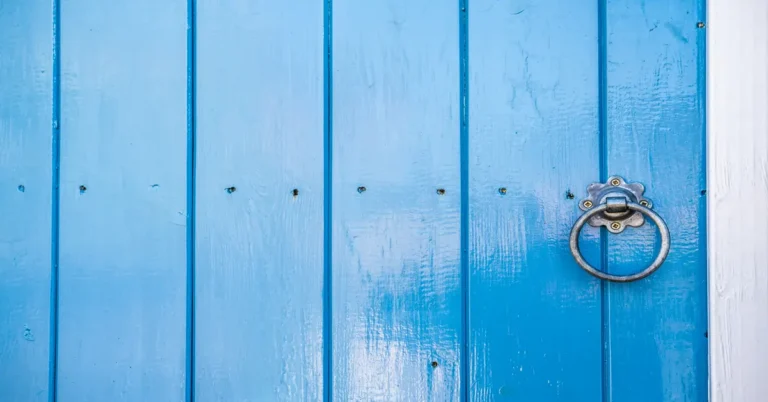Paint thinner is a must-have substance during oil-based paint applications. It is formulated to reduce paint viscosity which is the thickness, stickiness, and tackiness of paint. It can be used to remove paint from a variety of surfaces, including metal and wood, plus it has other uses that come in handy during projects.
There are also different kinds of thinners for specific applications. Remember that each kind of paint requires a different kind of thinner:
- Lacquer Thinner can only be used for lacquer-based paint.
- Paint Thinner on the other hand can be used for oil-based paint.
- While Acrylic Thinner is suitable for water or acrylic-based paint.
But before all that, here are some safety considerations to remember when working with solvents:
- Make sure to wear appropriate safety clothing, including gloves, safety goggles, and a respirator to protect from inhalation of fumes, ingestion, and skin absorption.
- Paint thinner is extremely flammable, so keep it away from sources of ignition or heat.
- If you’re working inside, open doors and windows to provide ventilation. A window fan can also be used to exhaust vapors from the space.
Top applications of paint thinners
1. To reduce paint viscosity
The primary function of paint thinner is to reduce the viscosity of oil-based paint in order to get the best result of paint consistency. Doing so reduces the chances of paint defects upon application. It also provides a smoother surface appearance and high gloss when applied. A premium quality thinner like the Mayon Paint Thinner provides smooth surface appearance in terms of good flow-out, leveling, and high gloss.
While oil-based paints are slightly less thick than latex paints, they still need to be thinned for best results when using a sprayer. For instance, oil-based paints like semi-gloss enamels need to be thinned. Just make sure to read the manufacturer label to verify the maximum thinning ratio.
For brush applications, ensure that you never use cold paint as this might affect the thickness and painting process. The paint thinner should be mixed with room temperature paint. Use a wooden stick to stir the mixture continuously. Before starting the actual application, apply two coats on your chosen surface – the paint shouldn’t be too thick or dripping. Assure that the paint thinner can isn’t left open for too long as it will evaporate.
2. For equipment and general clean-up
Paint thinners are commonly used to clean equipment such as brushes and rollers. To begin the cleaning process of oil-based varnishes and paint from brushes, pour the thinner into a container and dip the paintbrush. Dip up and down in the container several times to get through the bristles. Then use a brush-and-roller spinner after nearly all the paint solids are out of the brush. After that, pour a new batch of thinner into a clean container and work any remaining paint out of the paintbrush. Spin it for a second time and blot the paintbrush on a clean paper towel. Finally, beat the brush to remove any residual paint thinner and store it properly to dry.
Additionally, if you work in your driveway or garage, paint thinners can also be used to clean up any spills or splatters. Mix a tiny amount of paint thinner with some sawdust and spread it over the stain on the floor. The thinner will draw the stain out of the floor and the sawdust will soak up the paint stain and thinner mixture. Easy cleanup!
3. To restore dried out paint
Forgot to fully tighten the lid of a paint can? Don’t worry, it happens to the best of us. Instead of tossing it in the trash, you can save it with a bit of paint thinner! This is because paint thinner contains thinner medium and flow improver. You can remove the “skin” on the top layer of the paint, add thinner or an agitator to the mix and shake it thoroughly.
4. To get rid of paint from nearly any surface
If you’re looking for a solution to remove paint from metal, wood, or concrete, then paint thinner is your answer. Although this will depend on a variety of factors such as the condition of the surface.
If the paint you are trying to remove is somewhat new, then the thinner paired with a wire brush can do just the job. However, if the paint is old or fully-cured, you should be able to scrub it off with the paint thinner and a plastic scraper. Although with wood, the color may still stain, requiring a bit of light sanding.
If you’re looking for a paint thinner that will suit your needs, use Island Paint Thinner. It is an Aliphatic Hydrocarbon solvent used to thin alkyd paints, oil wood stains, and oil-based glazes. Use it as a solvent or thinner for alkyd enamel paints for ease of application. You can also use it as a degreaser or cleaning solvent on all types of surfaces, including metal.
Mayon Paint Thinner & Island Paint Thinner is available for purchase in Lazada.
Sources:
https://www.thebalancesmb.com/how-to-use-paint-thinner-844941
https://www.familyhandyman.com/project/how-to-clean-paint-brushes/





